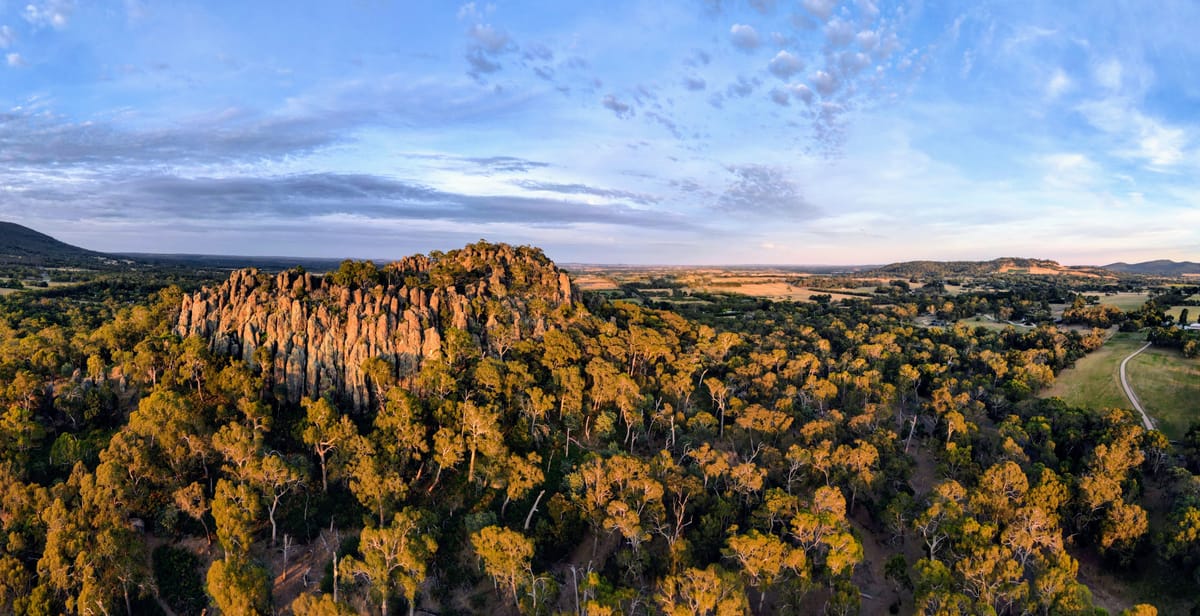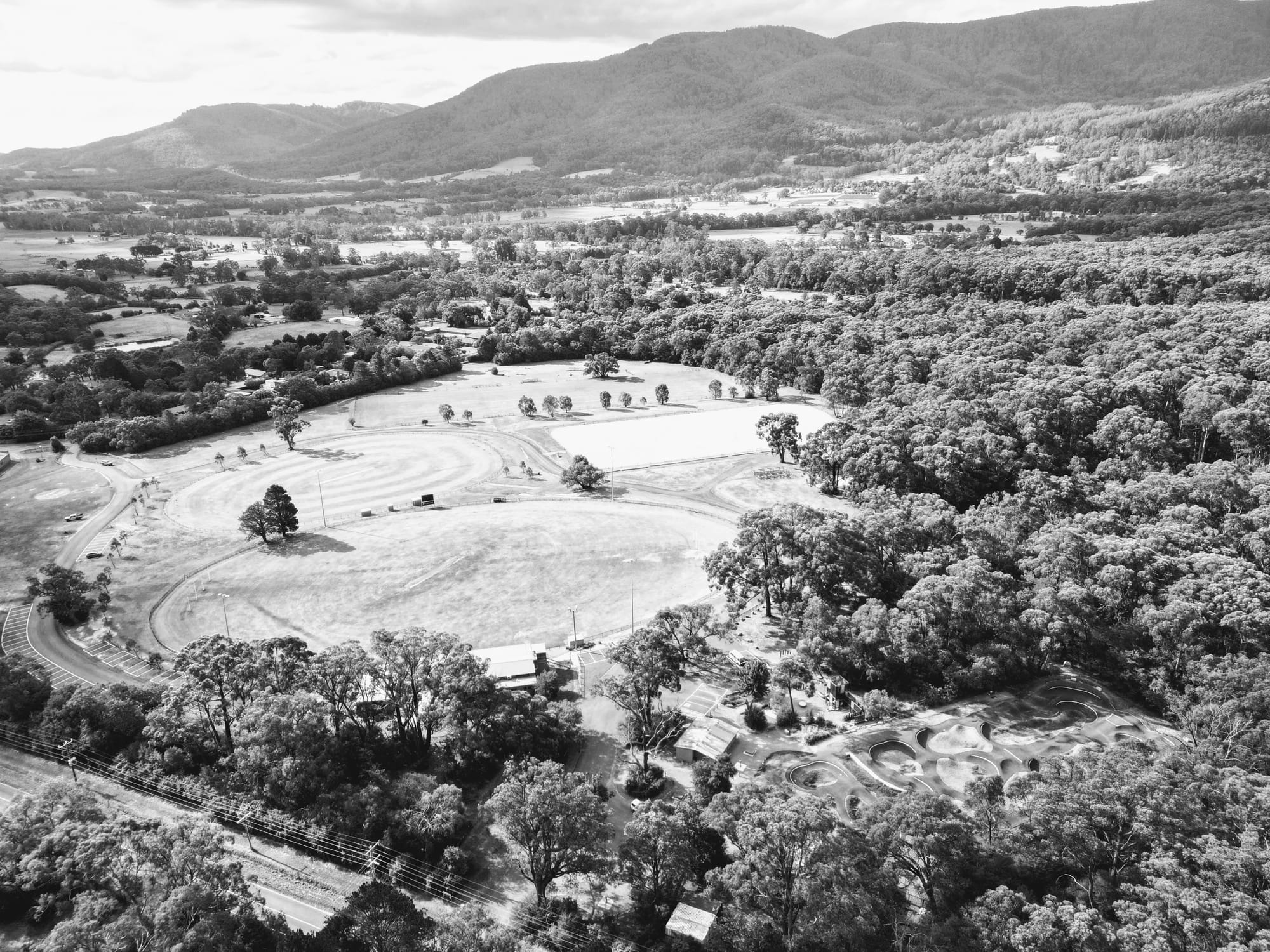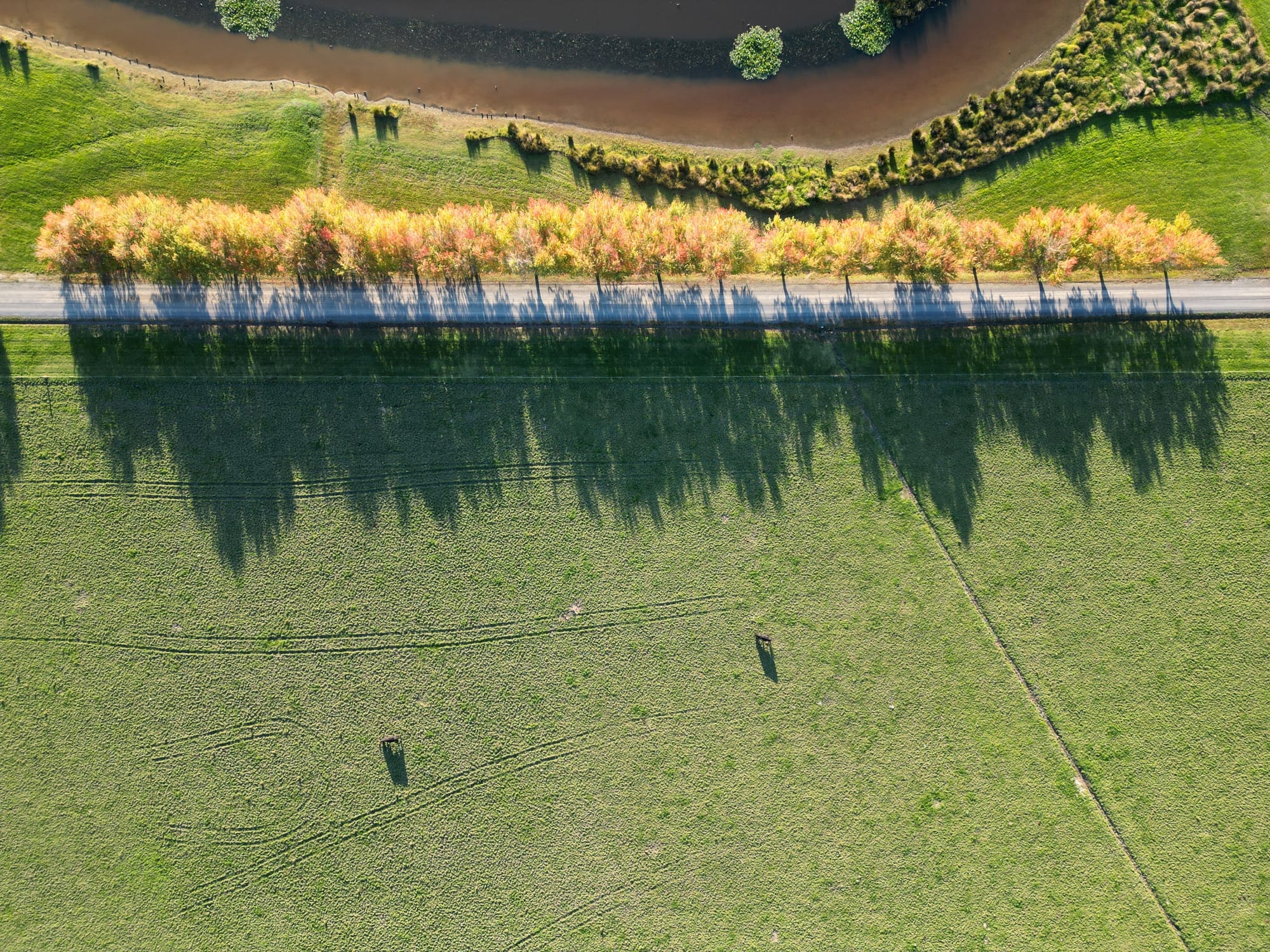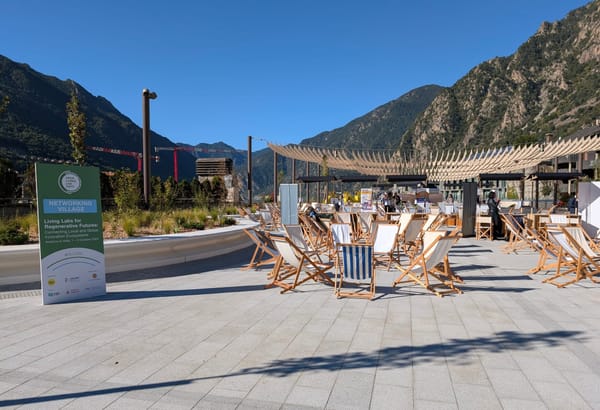Putting the Place back in Place-based
Can we really be Place-based if we only pay attention to the People who live there?

A little while back, I was wondering out loud whether, with all this additional focus on place-based approaches, we were actually really talking about Place at all?
The comments on the original thread were fascinating, and I learnt a lot about how different people understood this notion, and that there was quite a diverse range of perspectives about what this meant.

Original thread on Linkedin
My sense is that a large amount of the time, when the term "Place-based" is being used by large institutions, they're mostly focused on better understanding and leveraging community voice, lived experience, and some of the perculiarities of infrastructures based in a community - such as hospitals, Government service offices, schools and other civic spaces.
For example: Victorian State Government says:
Place-based approaches:
- Can complement the bigger picture of services and infrastructure. They engage with issues and opportunities that are driven by complex, intersecting local factors and require a cross-sectoral or long-term response.
- Place-based approaches target the specific circumstances of a place and engage local people as active participants in development and implementation, requiring government to share decision-making.
That is what it is I guess, and it explains why I felt such a disconnect with this term - because it almost singularly focuses on humans and their built environment as making up Place, which is very different to my starting point.
Since that intial online thread, I've had two additional reasons to delve deeper into this concept.
Firstly, I've been contributing to a research article which aims to capture practice which is already happening in the social innovation and living labs space, and bridge that into academic understanding of Labs. Lindsay Cole, Peyvand Forouzandeh & I are focusing on relational practice, transformative learning and place-based approaches, and how they come together.
Whilst it hasn't been published I can't quote verbatim, but the gist is that we see Place as:
- physical environment & patterns - e.g. built and natural environments, topology, water flows, and seasonal patterns
- past, present and potentially future activities, relationships, capabilities, assets and needs that occur there, including the history and culture of a place - e.g. elephant gatherings, humans going to school, history of coroboree, a future music festival, skilled workers for renewable energy, future eastern curlew migrations.
- human and more than human attachment and identity - e.g. meaning, belonging, emotions, or perhaps best put - turangawaewae.

The second reason was that I have also been involved in co-developing a Climate Careers unit with Caro Sanz-Veitch at Monash. This has been a fascinating ride, bringing in Challenge-led innovation frameworks where we're asking students to consider sectors, place-based factors and develop experiments to address the challenges.
Through this we had to offer some entry level perspectives on what Place-based meant in this context, and offered four areas to focus on:
- Physical environments & processes - such as physical landscape, climate, seasonal patterns, proclivity for extremes, places humans and more than human lives gather
- Relationships and activities - such as what happens during the day and the night, what the place is known for, why humans and more than humans might visit, why they might avoid, things that happen regularly (monthly / annually for examples)
- Time - such as human and more than human history, major events, future visions for the place
- Culture and connection - such as human and more than human cultures that live there, languages, traditional owners and their involvement in custodianship, cultural elements, economies of trade and reciprocity
So if you're really seeking to generate place-based responses, you're going to have to work with some / most / all of these aspects as you're developing an initiative.
Obviously, I recognise that perspectives and experiences of place wont be universal - but being aware of and engaging with these factors are what would increase a place-based approach.
There is an interesting tension between how we weight the importance of these different factors as we move to co-produce initiatives for better outcomes in place. Having active conversations about these different weightings might be a way to open up important discussions about the vairous factors in play.

Conclusion
The journey from that initial online thread to the developments for the article and unit have reinforced one key idea: our contemporary use of "place-based" often suffers from a kind of "place-amnesia." Institutional language tends to reduce Place to a mere geographical container for human infrastructure and services. Yet, the richer, more holistic view - which so many verged towards on that thread - reveals Place as a living nexus of time, culture, ecology, and relationship. It is the interplay between the human and the more-than-human, the visible and the historical, the built and the natural.
If the goal of a place-based approach is to create enduring, meaningful change, we have to acknowledge that a narrow focus is a fragile fraction of the target. To truly put the Place back into "Place-based," we must actively widen our lens. We need to intentionally move beyond the human-centric view to actively engage with the physical environment, patterns and the deep history and cultures that share the space.
This is not about adding complexity for its own sake; it’s about acknowledging the complex reality of a place.
Ultimately, this expanded understanding speaks to the very heart of human and ecological attachment—the sense of turangawaewae or belonging. Anything less than this risks designing solutions or initiatives that, while well-intentioned, are ultimately disconnected from the ecological and cultural root system that determines a place's true resilience and identity. The depth of our engagement with Place will directly correlate with the depth of the positive, transformative impact we can achieve.






